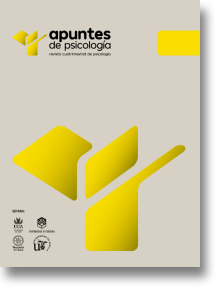Differences between parents and adolescents regarding the perception of the parental educational style: warmth and rules-demands
DOI:
https://doi.org/10.55414/p1hmeq66Keywords:
parenting styles , warmth, rules-demands, parents, adolescents, differences between parents and adolescents, parent-child relationshipsAbstract
The aim of this study is to analyse the differences between the perception of parental educational style by parents and adolescents using the variables warmth and rules-demands. More specifically, the following data were obtained: a) the parents' perception of the degree of warmth they expressed to their children and how this was perceived by the adolescent; b) the parents' perception of the way in which they established rules and demanded compliance and how their child perceived this; and c) differences on both variables, considering parents' gender and gender and age of the adolescents. The parenting styles were evaluated with two scales: Affective Scale (EA) y Rules and Demand Scale (ENE) (Fuentes, Motrico and Bersabé, 1999a and b). Both scales — the child's and the parents” version — were administered to 402 adolescents and 258 parents. The results showed significant differences between parents and children regarding these variables (i.e., warmth and rules- demands). Significant differences were also found between fathers and mothers and when considering the gender and age of adolescents.
Downloads
References
.
Downloads
Published
Issue
Section
License
Copyright (c) 2022 APUNTES DE PSICOLOGÍA

This work is licensed under a Creative Commons Attribution-NonCommercial-NoDerivatives 4.0 International License.


















